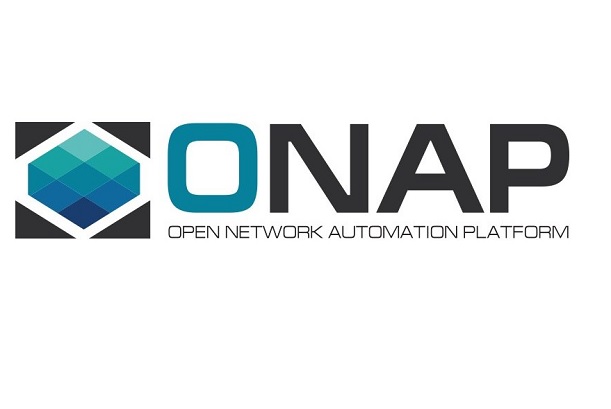A trade body counting Orange and Telefónica as members has joined the Linux Foundation’s Open Network Automation Platform (ONAP) project to use open source approaches in virtualisation.
MEF, an association of over 210 service providers and vendors focused on designing networks to carry new types of services, will collaborate with ONAP, which aims to build a neutral automation platform for networks, infrastructure and services.
The cooperation will focus on Lifecycle Service Orchestration (LSO), a set of standards defined by MEF for managing a service across multiple networks.
In particular, the two associations will aim to create standardised open APIs and a framework for operators to implement LSO on their networks.
More details of the collaboration will be shared in “coming months”, although MEF said it will tap into the expertise of developers with events in 2017 and 2018.
Pascal Menezes, CTO of MEF, said: “We see great value in harmonising open source and open standards work to speed development of open LSO APIs and realise their implementation as quickly as possible.”
Arpit Joshipura, General Manager of Networking & Orchestration at The Linux Foundation, said: “ONAP was formed with the understanding that the creation of a comprehensive framework for real-time, policy-driven software automation of virtual network functions could best be achieved by sharing and combining industry resources.”
Joshipura said partnerships with industry associations such as MEF would be part of achieving this vision.
ONAP has 45 members and more than 1,000 developers. Its most recent new member, Vodafone, joined in September.
The news was announced at the SDN/NFV World Congress in the Hague this week, where Huawei revealed it has deployed over 560 SDN/NFV commercial projects around the world.
Read more from the conference: Radical TIP critical to help telcos’ leave Stone Age tools behind, says Deutsche Telekom
Automation, automation, automation deemed central to SDN NFV success



